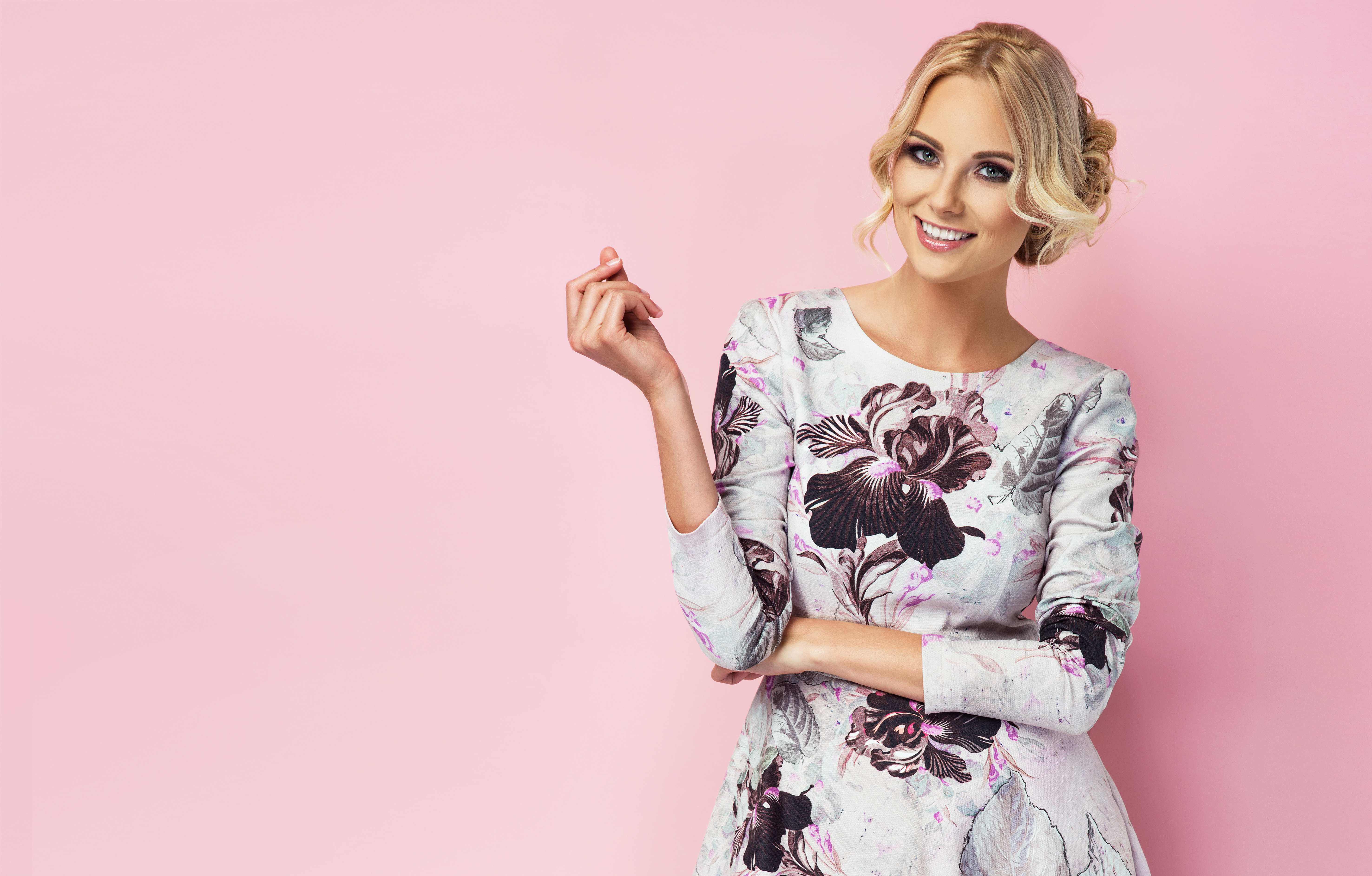Plus-size Dresses Fit Issues In Ready-To-Wear Women’s Apparel

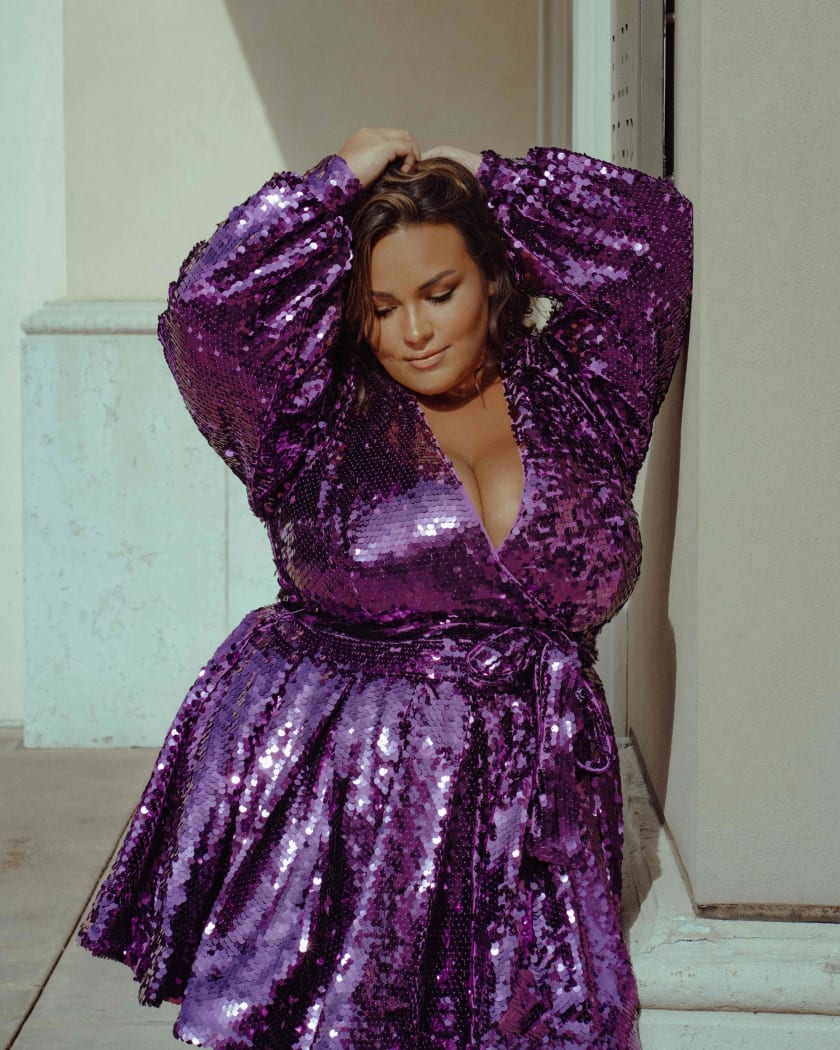

Summary: Plus-size dresses often face fit issues due to the lack of proper design and manufacturing techniques. Brands and manufacturers can address these issues and expand their target market by understanding the unique needs of plus-size women and implementing the right design and manufacturing solutions.
The problem with plus-size clothing
Plus-size women's apparel has long been an issue in the fashion industry, with many brands and manufacturers failing to properly address the unique needs and fit issues of plus-size women. However, as the demand for plus-size clothing continues to grow, it is crucial for plus-size designers to understand how to properly design and manufacture plus-size dresses to meet the needs of this market.
According to a survey, 67% of women in the United States wear a size 14 or above, yet plus-size clothing only accounts for 2% of the overall clothing market. This disparity in the market presents a huge opportunity for brands and manufacturers to expand their target market and meet the demands of plus-size women. In fact, the plus-size clothing market is projected to reach $24 billion by 2026, showing the potential for growth in this industry.
Fixing the fashion faux pas
The lack of proper design and manufacturing techniques has often resulted in the fit issues of plus-size dresses. Brands and manufacturers have not been able to cater to the unique needs of plus-size women, which has ultimately resulted in ill-fitting garments.
However, by understanding the unique body shape and proportions of plus-size women, using proper fit and measurement techniques, and implementing the right manufacturing solutions, brands and manufacturers can create garments that are not only stylish but also fit well and meet the needs of plus-size women.
Designing for plus-size women
Designing for plus-size women is not as simple as just scaling up a smaller-size garment. It requires understanding the unique body shape and proportions of plus-size women and designing accordingly. This includes taking into account the balance of the body, the distribution of weight and the way garments fall on the body.
Proper fit and measurements

One of the main issues with plus-size dresses is the lack of proper fit. Many brands and manufacturers do not have the necessary measurements or understanding of the proportions of plus-size women, resulting in manufacturing ill-fitting garments. They should invest in obtaining accurate measurements of plus-size women and using these measurements in their design and manufacturing process.
Sizing and grading

Sizing and grading are important aspects to consider when designing for plus-size women. The traditional grading system, which increases the size of a garment by a set amount, does not work for plus-size garments. Brands and manufacturers should use a grading system that accounts for the unique proportions of plus-size women, such as a "graded size range" or "block grading" system.
Manufacturing solutions
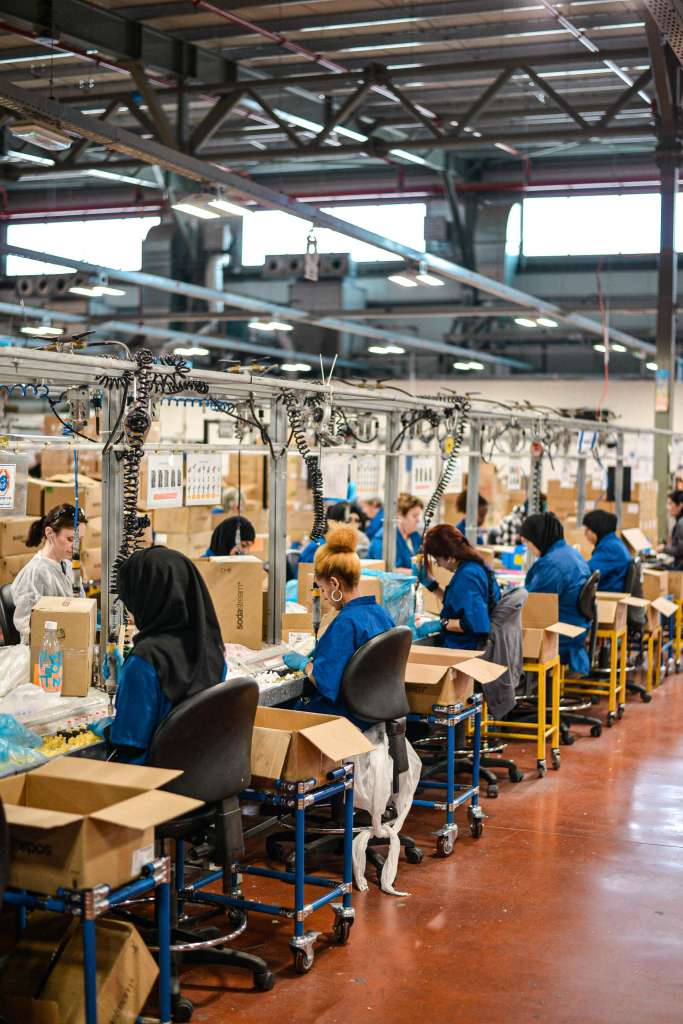
Manufacturing plus-size dresses also requires specific solutions to address fit issues. This includes using stretchable fabrics, proper seam placement, and considering the placement of closures such as zippers and buttons. Plus-size designers can also use fit models to ensure proper fit during the production process.
Collaborating with plus-size influencers and models
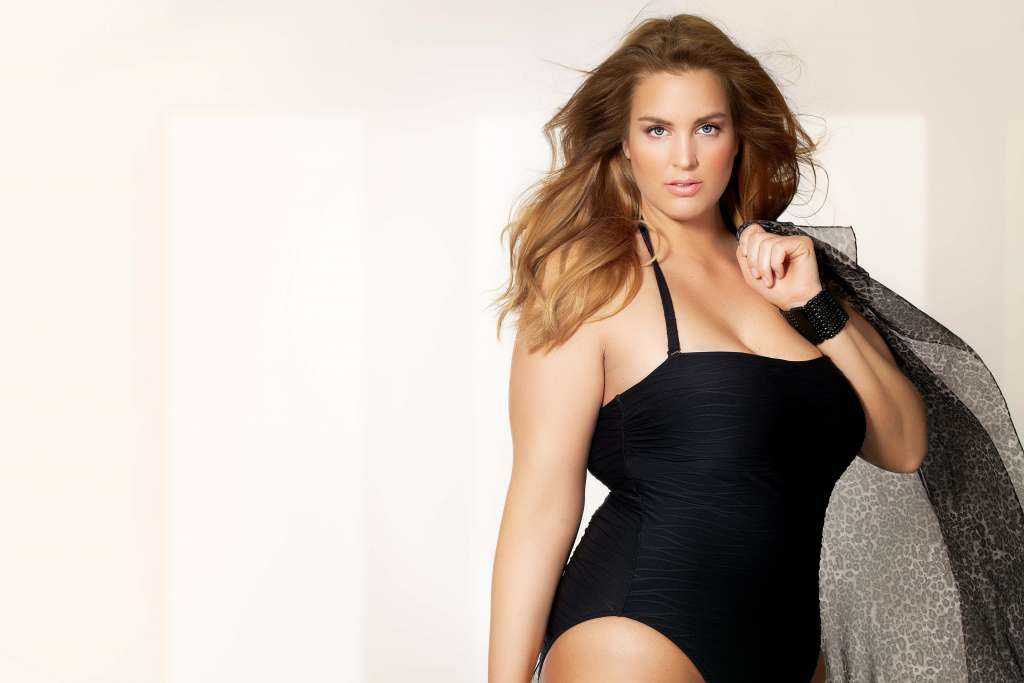
Brands and manufacturers can benefit from the input and feedback of plus-size influencers and models who have a deep understanding of the fit and design needs of plus-size women. These individuals can provide insight into what works and what doesn't work in terms of fit and design and can also help promote the brand to a wider audience. By partnering with influencers and models who have a large following of plus-size women, brands can gain valuable feedback and also increase their visibility in the market.
Offering a wide range of sizes
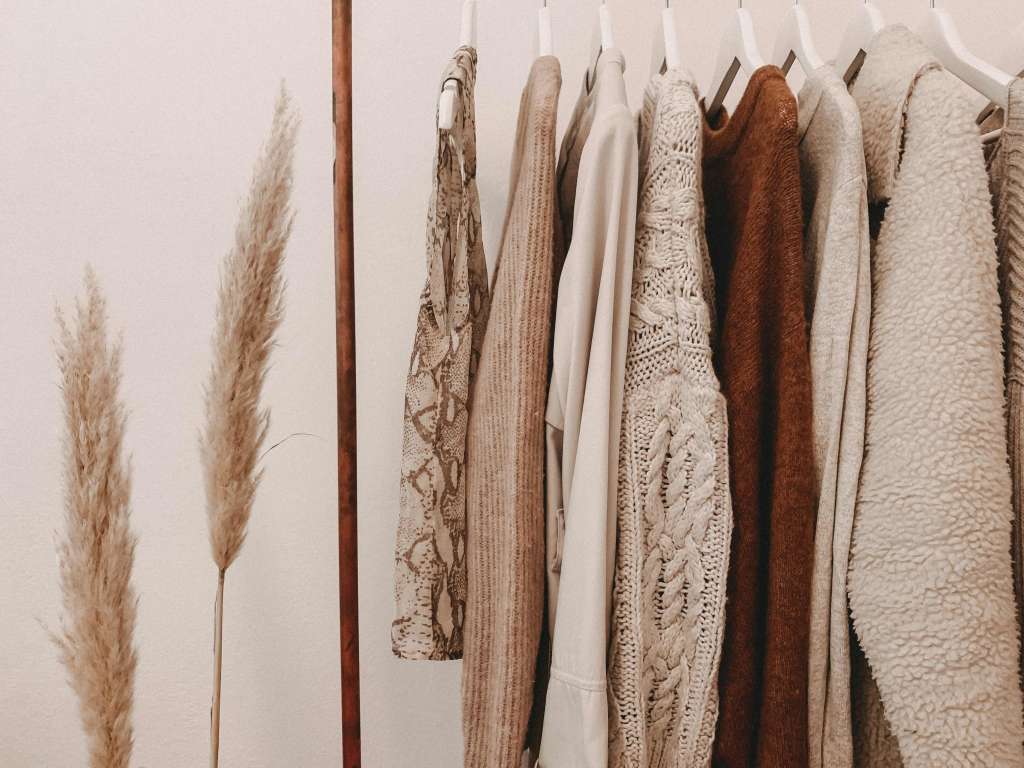
Many plus-size designers limit their offerings to just a few select items, which can be frustrating for plus-size shoppers. By offering a wide range of sizes, brands and manufacturers can cater to the diverse needs of plus-size women and increase their target market. This includes offering a variety of styles, cuts, and designs in larger sizes so that plus-size shoppers can have a wide selection to choose from. This can also help increase the brand’s reputation as inclusive and responsive to plus-size customer needs.
On the plus side…
Plus-size women's apparel is a growing market, and it is crucial for brands and manufacturers to understand how to properly design and manufacture plus-size dresses to meet the needs of this market. By understanding the unique body shape and proportions of plus-size women, using proper fit and measurement techniques, and implementing the right manufacturing solutions, brands and manufacturers can expand their target market and address fit issues in plus-size dresses. Fashinza can help fashion and apparel companies to achieve this by providing manufacturing support and expert guidance.
Fashinza, as a B2B fashion technology company, specializes in providing manufacturing support to fashion and apparel companies. Our team of experts can guide fashion brands and apparel manufacturers through the process of designing and manufacturing plus-size dresses, addressing fit issues and catering to the unique needs of plus-size women. With our help, fashion brands and apparel manufacturers can not only expand their target market but also establish themselves as a leader in the plus-size clothing industry.
Don't miss out on the growing market of plus-size apparel. Partner with Fashinza to expand your target market and address fit issues in plus-size dresses.
Key Takeaways
- Plus-size women have unique body shapes and proportions that must be taken into account when designing garments.
- Proper fit and measurements are crucial for addressing fit issues in plus-size dresses.
- Sizing and grading, as well as manufacturing solutions, should be tailored to plus-size women.















